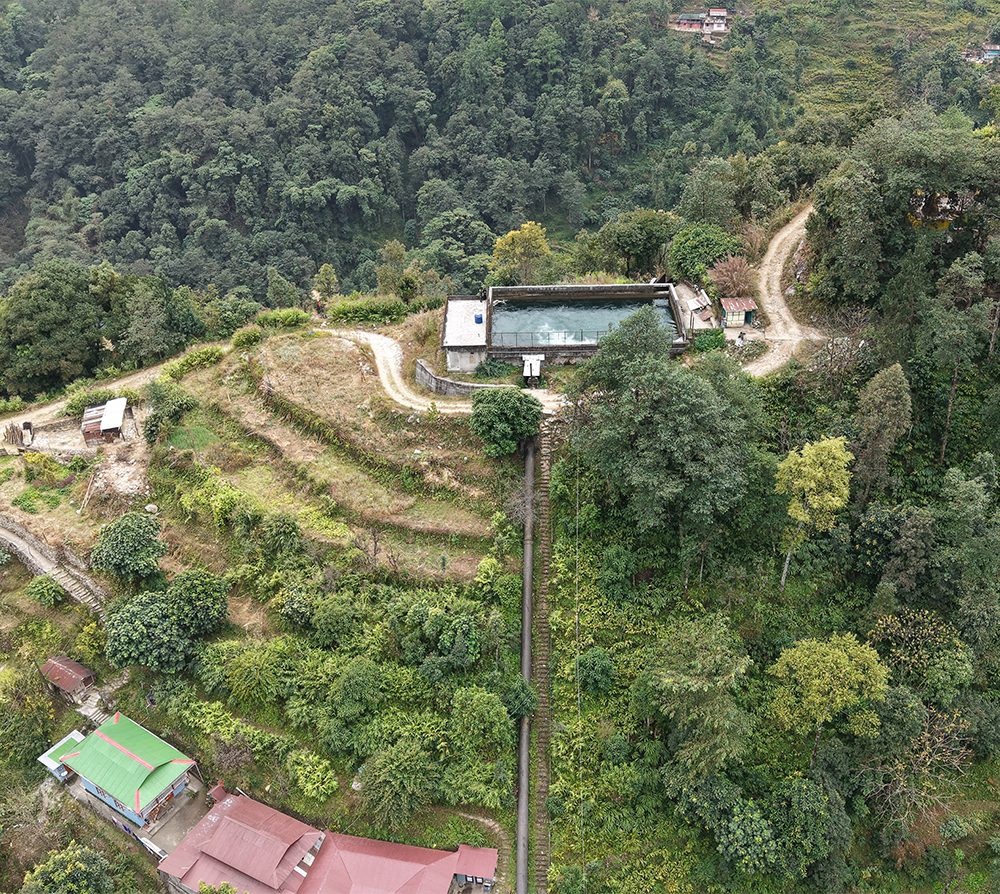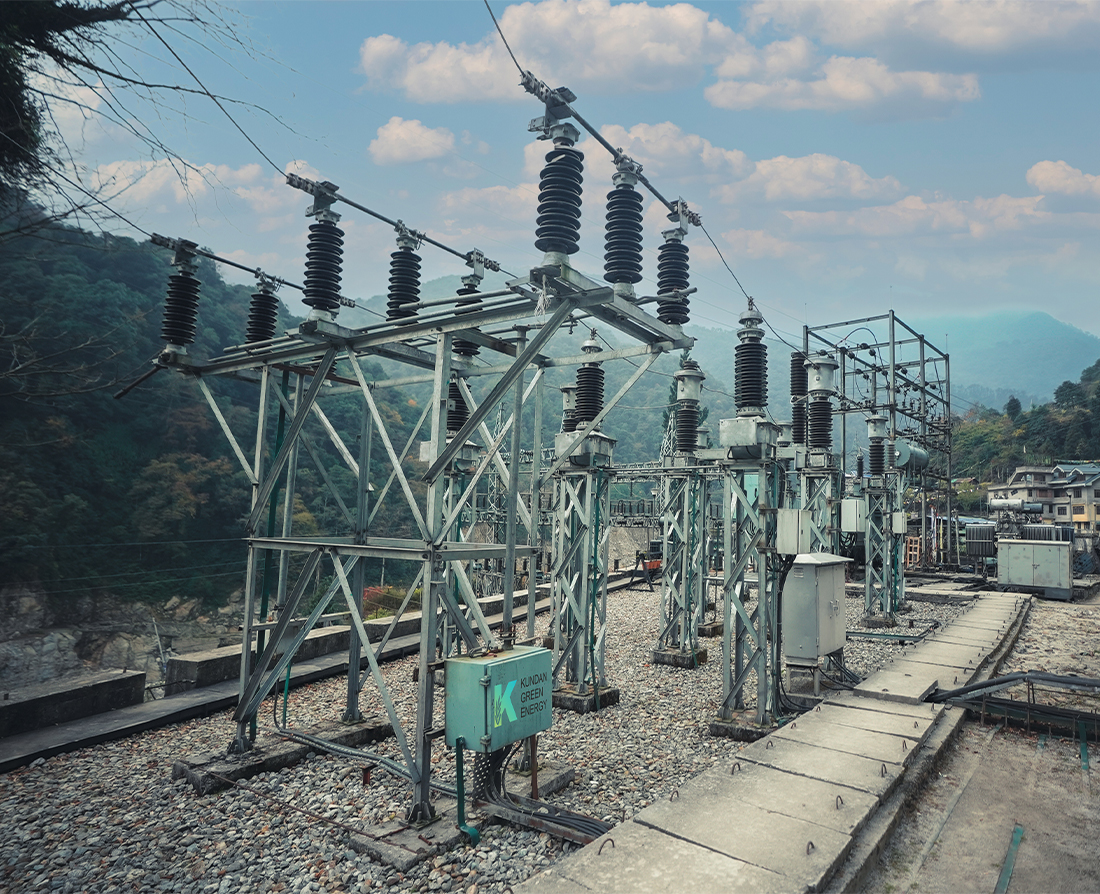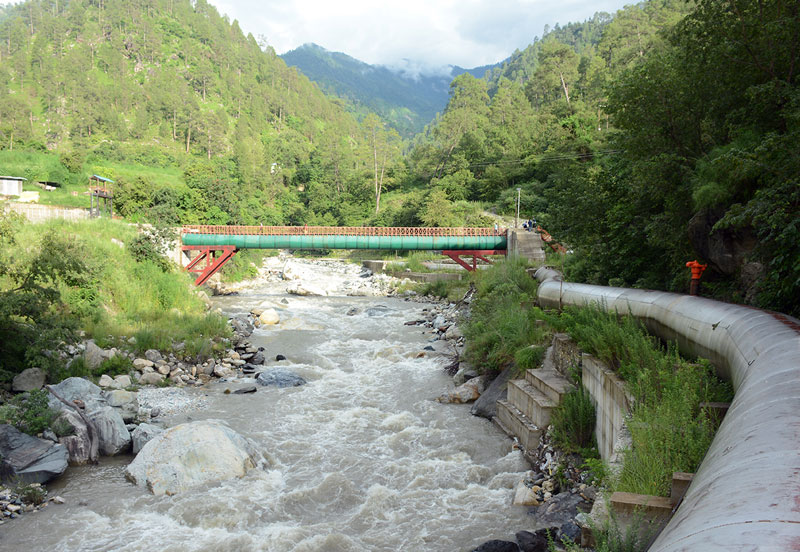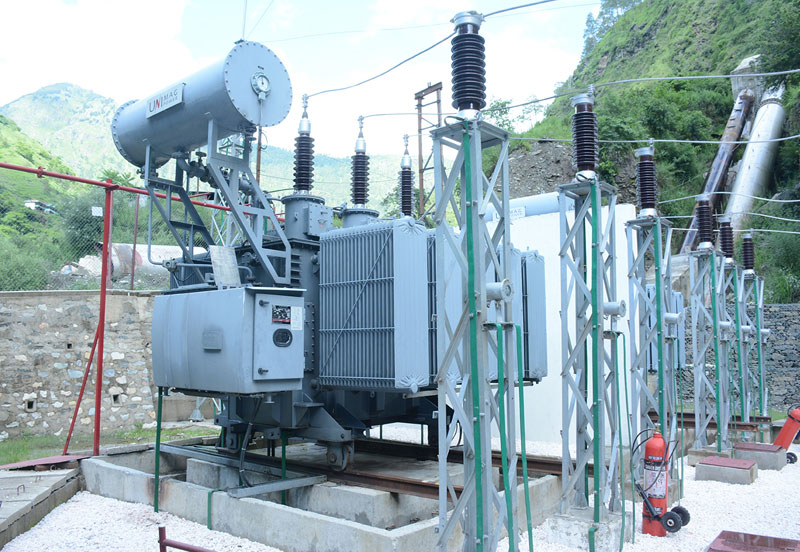Water to Watts – Hydro Power
Providing renewable energy round
the clock
Our journey in hydropower reflects a broader trend in the energy industry – the growing realization that the future of power generation is rooted in renewable resourcesAn acknowledged expert and top performer in small and medium hydropower projects, Kundan Green Energy boast an excellent record in developing greenfield hydropower projects and a proven ability to revive and turn-around chronically shutdown brownfield projects.


Hydro Production Stats
Growing faster and stronger
We have a commissioned capacity of 86 MW of hydro power projects and are continuously growing. The majority of our projects are focussed on hydropower ,as it is rooted in reliability and ensures consistent energy production throughout the year. This sets hydropower apart from solar and wind energy. Our in-house EPC eliminates the need for external contractors which streamlines project execution. We are actively involved in reviving and rehabilitating small hydro plants, recognizing their longer gestation periods. To expedite these efforts, we have meticulously planned and established timelines, ranging from 1-2 years for smaller projects to 5 years for larger endeavours.
Our Projects
Kundan Green Energy has seven commissioned hydropower plants across the states of Uttarakhand, Sikkim, and Himachal Pradesh generating a total capacity of 86 MWs . An additional seven plants are in various stages of construction and/or statutory clearance. Once realized they will have a combined capacity of 283 MWs increasing our total hydropower portfolio to 326.71MWs

Maximizing India’s Hydropower Capacity For Sustainable Growth
India is at a pivotal stage, facing a surge in energy demand driven by robust economic growth and rising income levels. To support an 8.5% annual GDP growth, the country needs a 7% yearly increase in electricity supply, given an energy elasticity of 0.82. This challenges India to harness diverse energy sources, balancing economic development with environmental and social sustainability. Despite advancements in solar and wind energy, Hydropower demands focused attention.
“India ranks fifth globally in hydropower capacity, with an installed capacity exceeding 51.35 GW.”
However, only 29% of its 146 GW hydroelectric potential is utilized, leaving about 100 GW of river-based electricity potential untapped. Hydropower is essential for grid stabilization, especially as India aims to add 175 GW of renewable capacity.


Hydropower Plants Offer Numerous Advantages:
- They provide baseload power, ensuring stable and predictable demand management.
- Hydropower’s flexibility is notable; plants can rapidly transition from zero to full output, offering critical support during power outages.
- Beyond electricity, these plants aid in flood control, irrigation, and providing clean drinking water.
- Hydropower is less dependent on climatic conditions, offering a more stable energy flow.
- Hydropower plants have low failure rates and long life-cycles, proving cost-effective in the long term.
- Their ability to quickly adjust to grid fluctuations complements intermittent solar and wind supplies.
- Globally, hydropower is a leading renewable energy source, with pumped storage hydropower constituting over 90% of the world’s energy storage. In India, the Central Electricity Authority reports a potential of 148 GW for various hydropower schemes, including 96 GW of pumped storage potential. With climate change realities, these resources are increasingly vital for sustainable futures.
- Modern hydropower technologies are evolving towards sustainability, incorporating fish-friendly turbines and fish ladders to maintain ecological balance. The International Hydropower Association’s Sustainability Tools and the US Department of Energy’s research into modular and restoration hydro represent significant advancements.
- Future hydropower projects should consider systemic approaches, integrating them into larger regional or river basin plans. Enhancing flexibility in existing plants through redesigns, equipment upgrades, and smarter technologies can further optimize their performance. Governments play a crucial role in promoting hydropower through incentives, regulatory simplifications, and encouraging investment in green bonds and electricity markets that reward hydropower’s unique contributions.
- In conclusion, realizing India’s hydropower potential is critical for its developmental and environmental objectives. A comprehensive, long-term strategy is essential for tapping into this sustainable energy source.
